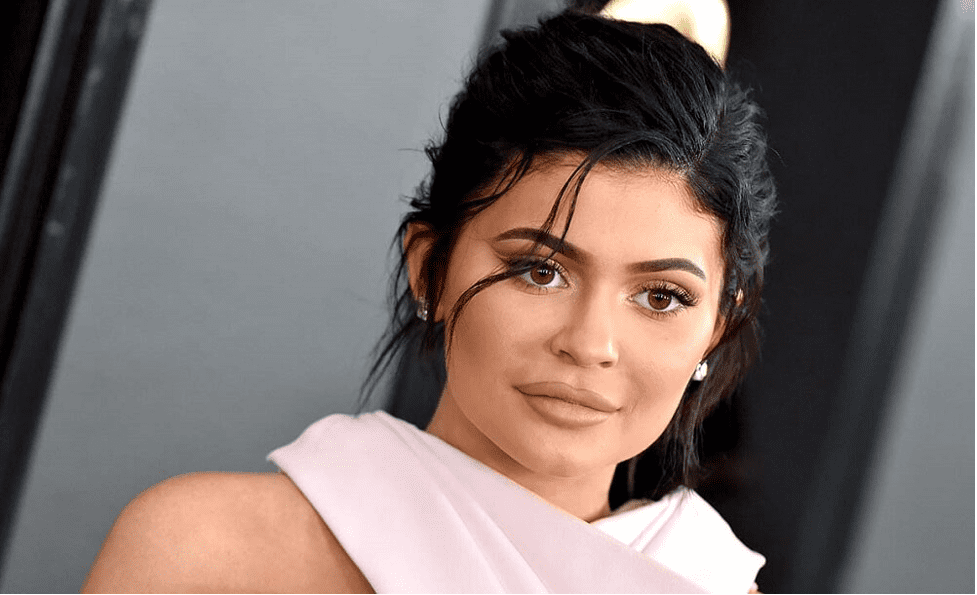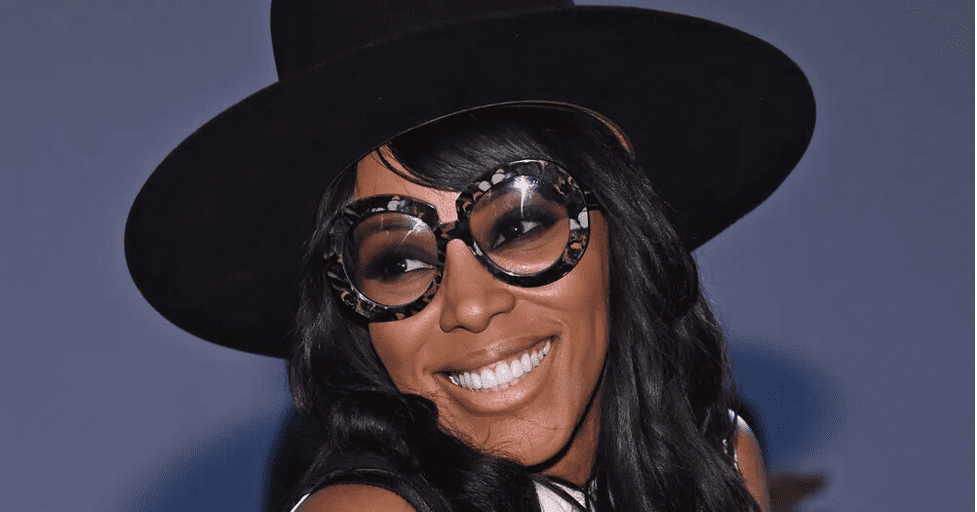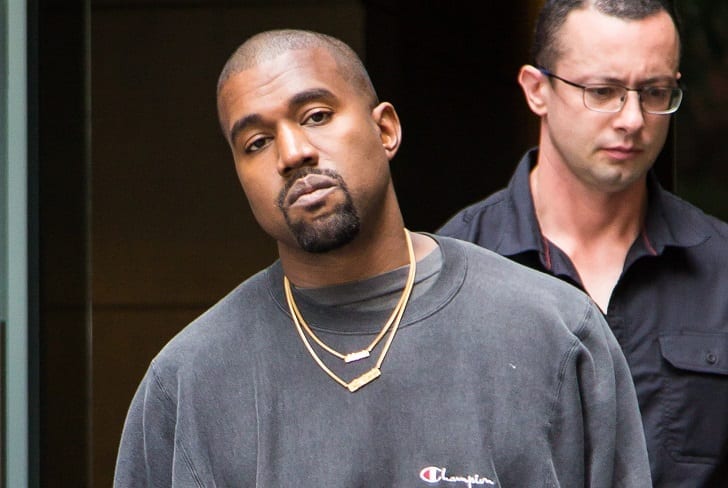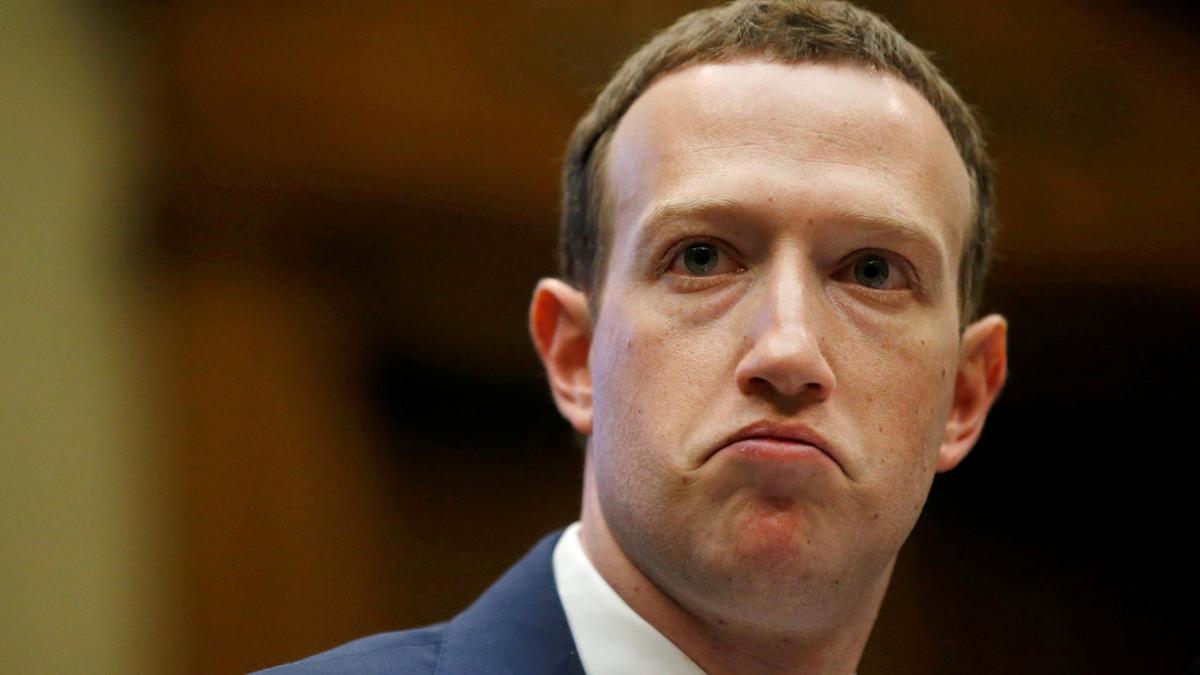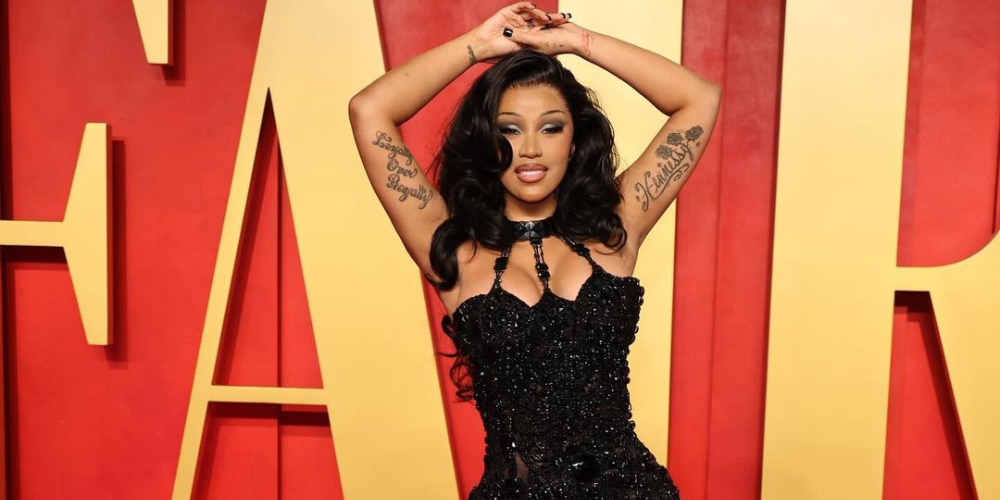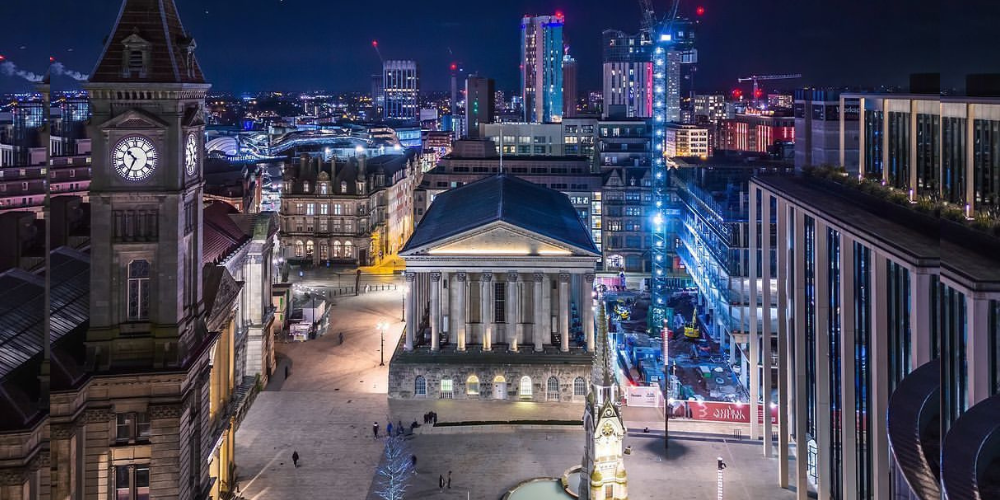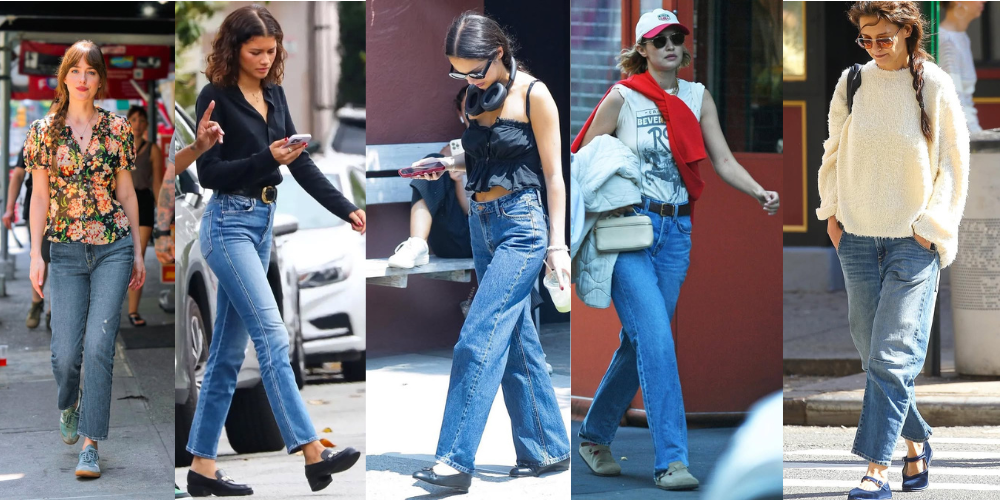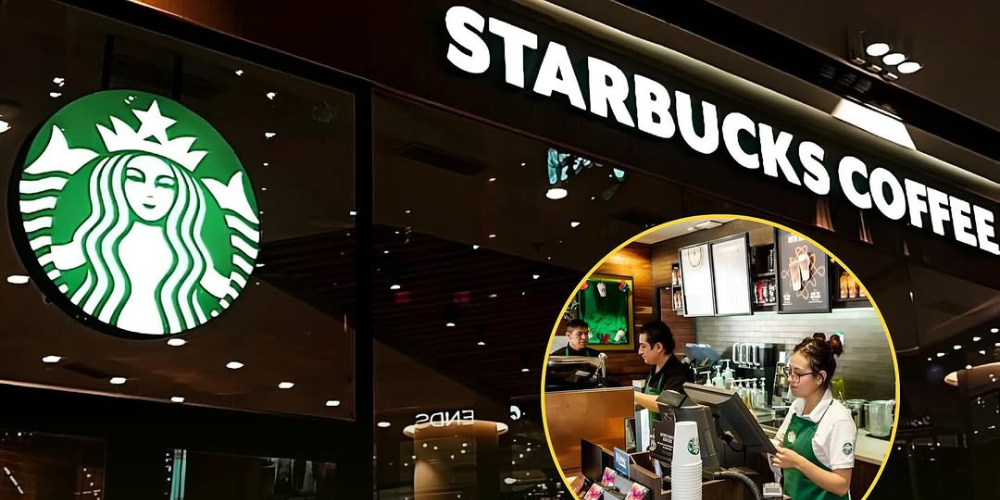In the early 2000s, Emo and Pop Punk styles took the music and fashion worlds by storm, leaving an indelible mark that continues to influence trends today. These styles were not just about clothes and accessories. Emo and Pop Punk styles in the 2000s were a way for a generation to express their angst, creativity, and individuality.
As bands like My Chemical Romance, Blink-182, and Green Day dominated the airwaves, their followers eagerly adopted their distinct looks. Thus, creating a cultural movement that was as much about fashion as it was about music.
The Evolution of Emo and Pop Punk Styles in the 2000s
Emo, short for "emotional," was deeply rooted in expressing raw feelings, often associated with themes of heartbreak, loneliness, and introspection. The music was a cathartic outlet for many teenagers and young adults, and the fashion followed suit, becoming a visual representation of these emotions.

Jared / Emo and Pop Punk styles in the 2000s evolved from the underground music scene, where bands wore their hearts on their sleeves. Both literally and figuratively.
Pop Punk, on the other hand, blended the rebellious spirit of punk with catchy, upbeat melodies. It was less about sorrow and more about youthful defiance. This genre brought a sense of fun and irreverence to the fashion scene, with bright colors and playful designs counterbalancing the darker tones of Emo. As these genres gained popularity, their associated styles began to trickle into mainstream culture, influencing not only dedicated fans but also high fashion and streetwear.
Emo Fashion Was A Reflection of Inner Turmoil
Essentially, Emo fashion in the 2000s was defined by its dark, often monochromatic palette, with black being the dominant color. It was about layering and texture. Skinny jeans, band tees, and hoodies were staples, often adorned with patches or pins that reflected the wearer's favorite bands or personal slogans.
The look was completed with studded belts, fingerless gloves, and, of course, the iconic Converse sneakers or Vans.
Hair played a crucial role in Emo fashion. Jet-black, side-swept bangs that covered one eye became the trademark hairstyle, often paired with bold streaks of color like red, purple, or blue. Makeup was equally important, with heavy eyeliner (commonly known as "guyliner" when worn by men) and sometimes even a touch of black nail polish.
Pop Punk Fashion Was A Unique Combo of Rebellion and Playfulness
This genre embraced the DIY spirit of punk with a twist of fun and vibrancy. Brightly colored hair, often spiked or styled into faux hawks, was a hallmark of the Pop Punk look. The clothing was equally bold, with skinny jeans in neon colors, plaid skirts, and graphic tees featuring quirky designs or band logos.

Elle/ While Emo fashion leaned towards the somber, Pop Punk style in the 2000s was a colorful rebellion.
However, accessories were a key part of Pop Punk fashion. Studded belts and wristbands were popular, but so were items like sweatbands, chunky sneakers, and trucker hats. Similarly, layering was also essential, with hoodies, flannel shirts, and bandanas adding to the grunge-inspired look.
The Influence of Emo & Pop Punk on Mainstream Fashion
As Emo and Pop Punk styles in the 2000s gained momentum, they began to seep into mainstream fashion. High fashion designers took note of the youth-driven movement, incorporating elements like skinny jeans, graphic tees, and studded accessories into their collections. Retailers such as Hot Topic became synonymous with these styles, offering a one-stop shop for fans looking to emulate their favorite bands.
Even celebrities outside the music scene started to adopt aspects of Emo and Pop Punk fashion. The influence of these styles was evident in red-carpet looks, magazine editorials, and even in the rise of alternative models who embodied the Emo and Pop Punk aesthetic. The fashion world, always quick to capitalize on new trends, embraced the DIY, anti-establishment ethos of these styles, merging them with high fashion to create something entirely new.

